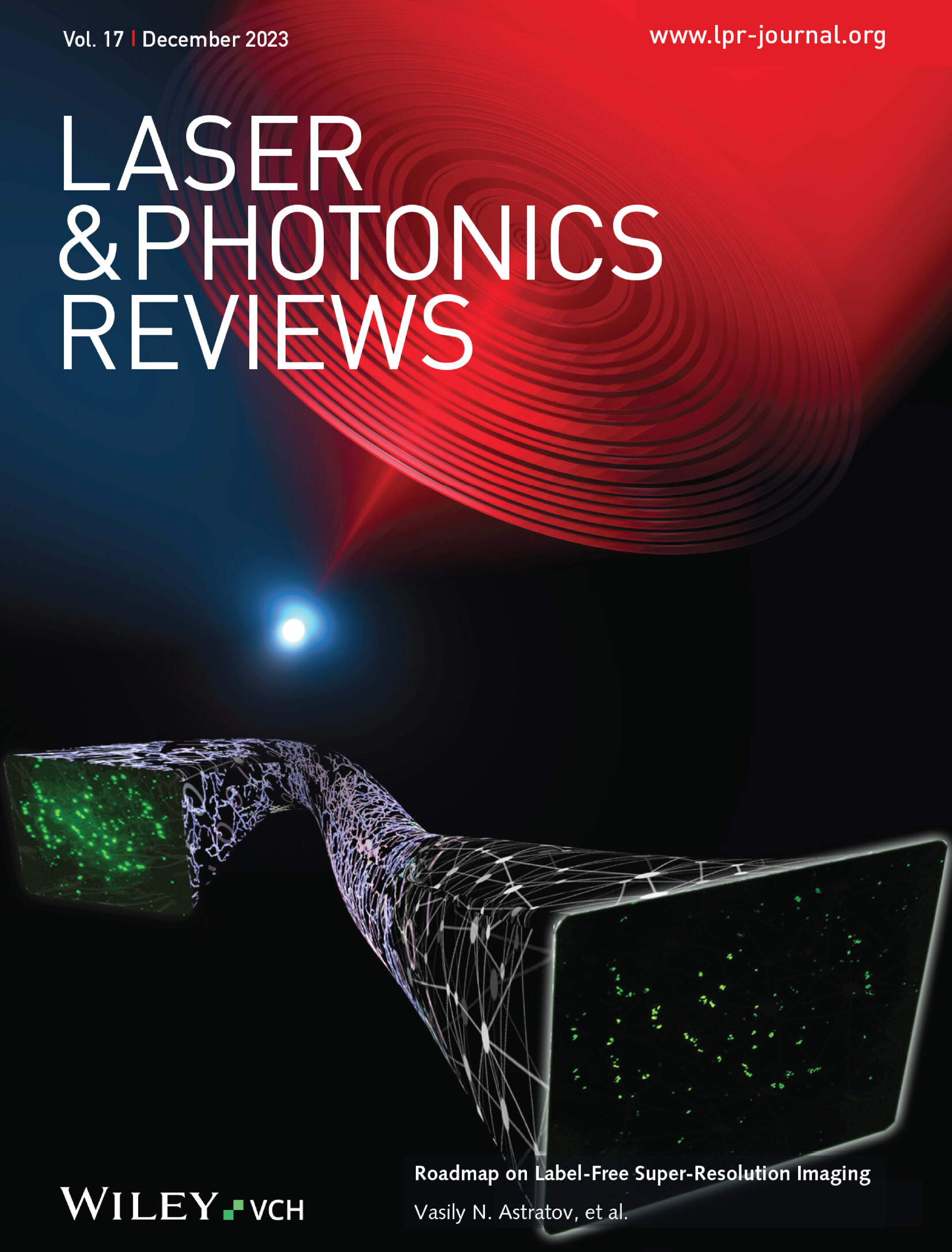Manipulation of Plasmonic Oxide Inside Transparent Matrices for Boosting Infrared Optical Nonlinearity and Ultrafast Optical Switching
IF 9.8
1区 物理与天体物理
Q1 OPTICS
引用次数: 0
Abstract
The integration and manipulation of plasmonic nanostructures inside a stable monolithic medium could be of high interest for solid-state photonic devices. Here, the development of inorganic oxide glasses is demonstrated wherein the growth of plasmonic nanoparticles (NPs) based on indium tin oxide (ITO) through solid-state reaction can be manipulated in a controllable manner. The plasmonic response of the precipitated ITO NPs contributes to boosted and tunable infrared nonlinear optical (NLO) response associated with localized surface plasmon resonance (LSPR) of the ITO NPs. It is further elucidated that the plasmon coupling between ITO NPs in the glass matrix plays an essential role in the 100-fs scale NLO response by accelerating the relaxation of hot electrons, such that the NLO response speed can be enhanced to exceed that in typical noble metal-based plasmonic nanostructures. The ultrafast absorptive optical nonlinearity with a high modulation depth could enable diverse applications, as exemplified here by the robust optical switching for mode-locked pulse generation in fiber lasers. These results could have strong implications for the development of integrated solid-state plasmonic devices for photonics applications.

求助全文
约1分钟内获得全文
求助全文
来源期刊
CiteScore
14.20
自引率
5.50%
发文量
314
审稿时长
2 months
期刊介绍:
Laser & Photonics Reviews is a reputable journal that publishes high-quality Reviews, original Research Articles, and Perspectives in the field of photonics and optics. It covers both theoretical and experimental aspects, including recent groundbreaking research, specific advancements, and innovative applications.
As evidence of its impact and recognition, Laser & Photonics Reviews boasts a remarkable 2022 Impact Factor of 11.0, according to the Journal Citation Reports from Clarivate Analytics (2023). Moreover, it holds impressive rankings in the InCites Journal Citation Reports: in 2021, it was ranked 6th out of 101 in the field of Optics, 15th out of 161 in Applied Physics, and 12th out of 69 in Condensed Matter Physics.
The journal uses the ISSN numbers 1863-8880 for print and 1863-8899 for online publications.

 求助内容:
求助内容: 应助结果提醒方式:
应助结果提醒方式:


